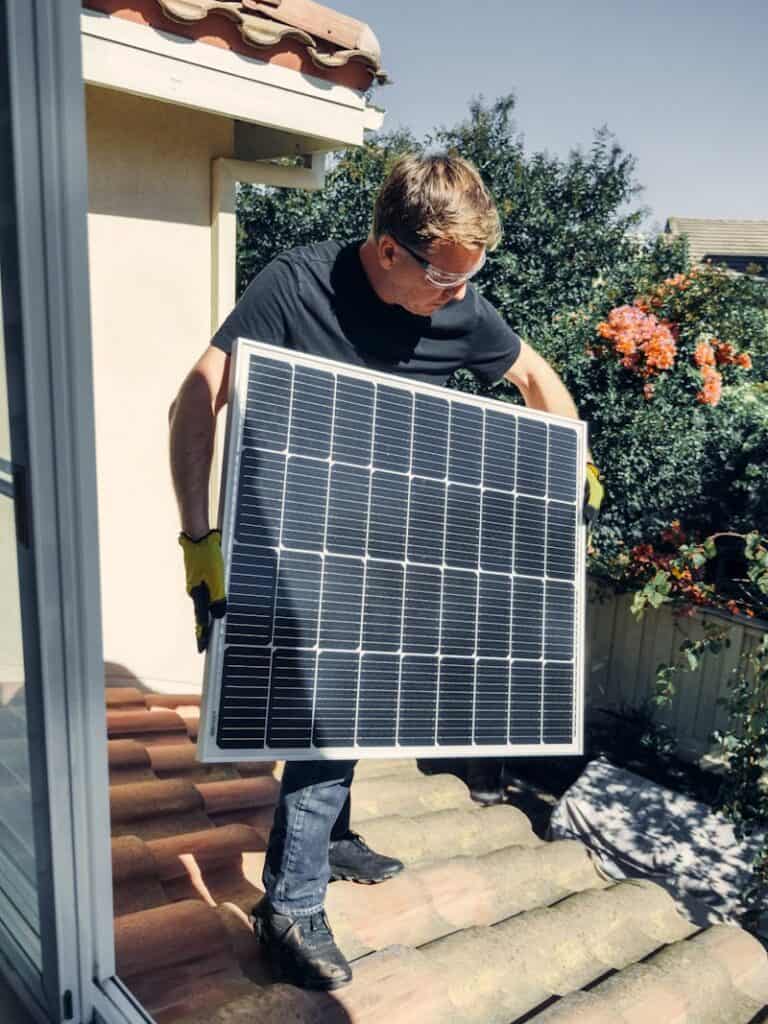Thinking of Solar Panels in Wimbledon? A Chartered Surveyor’s Guide to Getting It Right

As a chartered surveyor based in southwest London, I’m increasingly asked by homeowners in areas like Wimbledon SW19 about the viability and process of installing solar panels on their roofs. It’s a sensible question: solar panels not only reduce energy bills but also enhance the value and sustainability of your property. But as with all home improvements, there are practical and regulatory steps to consider before diving in, writes Zah Azeem, Partner at Wimbledon based surveyors Scrivener Tibbatts, a national party wall dispute specialist.
Here’s a guide tailored specifically to Wimbledon and similar conservation-conscious London boroughs.
Assessing Your Roof
The first step is a technical assessment: orientation and pitch – South-facing roofs are ideal, but east- or west-facing roofs can also work with modern panel technology. A pitch between 30-40 degrees is optimal.
Shading – Trees, chimneys or neighbouring buildings may cast shadows that reduce panel efficiency.
Structural integrity – A surveyor (like myself) will check whether the existing roof can bear the weight of the panels and mounting frames. Older properties in Wimbledon – particularly Victorian or Edwardian terraces – may need reinforcement.
Planning Considerations
In many cases, solar panels fall under permitted development rights and don’t require planning permission. However, Wimbledon includes conservation areas (notably near Wimbledon Village and parts of South Park Gardens), and in these zones planning permission may be required, especially if panels affect the visual amenity of the street or are mounted on a front-facing slope. You’ll need to consult with Merton Council’s planning department, and potentially submit an application outlining design, materials and visual impact.
It’s also worth noting that Grade II listed buildings – or those near listed buildings – face tighter scrutiny, and any external alteration typically requires listed building consent.
Choosing the Right Installer
To qualify for any government incentives or export tariffs, your installer must be MCS (Microgeneration Certification Scheme) certified. This ensures the installation meets industry standards and is eligible for schemes like the Smart Export Guarantee (SEG).
Your installer will also: conduct a site survey; handle the design and layout and submit a DNO (District Network Operator) application – required if your system exports more than 3.68kW per phase to the grid.
Building Regulations and Compliance
Even when planning permission isn’t needed, all electrical work must comply with Building Regulations Part P (electrical safety). Your installer should issue a certificate of compliance, which is necessary if you plan to sell the property later.
Additionally, structural changes – such as strengthening the rafters – must comply with Part A of the Building Regulations. A surveyor or structural engineer will usually prepare a brief report to support this.
Installation and Commissioning
Once all permissions are in place: scaffolding is erected; panels and inverters are installed – this usually takes 1-3 days; a generation meter is added, and the system is connected to your home’s consumer unit and finally the installer provides you with a handover pack, including warranties, certificates and maintenance advice.
Registering Your System
To receive payments for surplus energy, you’ll need to register your system under the Smart Export Guarantee with a compatible energy supplier. You’ll need: your MCS certificate; DNO approval and evidence of a smart meter or export meter.
While the paperwork and permissions may seem daunting at first, the process is relatively smooth with professional guidance. As a surveyor, I always recommend beginning with a roof assessment and a check on local planning rules before speaking with installers. In areas like Wimbledon SW19 – where character homes and conservation rules meet modern sustainability goals – it’s especially important to get the balance right.
If you’re unsure where to begin or need a pre-installation roof report, feel free to get in touch. Solar is a wise investment – but only when it’s properly planned.
Zah is available to discuss this or something else related to a valuation please contact Zah via email at zah@scrivenertibbatts.co.uk or call 020 8947 7040.
